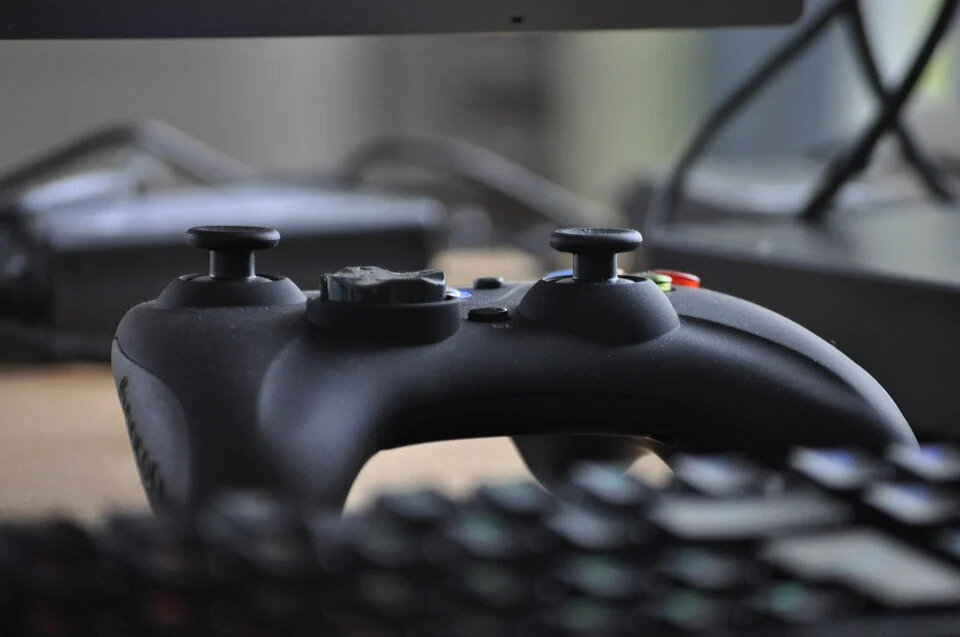These Robot Trousers Could Help You Carry Heavy Objects
Humans, by and large, are pretty good at walking. It's our thing. We can go for hours and hours without getting tired. Add heavy lifting to the mix, however, and we risk fatigue and even injury. So what better way to solve this problem than a pair of robot trousers? Ones that can even help those with physical disabilities to walk with ease.
Researchers at Harvard University have spent the last two years developing an exo-suit which they refer to as a "soft wearable robot". Taking the form of a pair of trousers, it works in tandem with your muscles and tendons to improve the efficiency of your walking. In other words, it walks with you, not for you.
"The aim is to develop robots that can augment the performance of healthy individuals by reducing their energy expenditure when walking with heavy loads," says Conor Walsh, co-author of the study and associate professor of Engineering and Applied Sciences at Harvard.
Though their focus is on the physically able, the team also express the potential for such technology to eventually be able to help those with walking difficulties in the future. It is possible that one day, technology like this could replace crutches... But chances are we're a far stretch from that for now.
The exo-suit is comprised of a waist belt, two thigh pieces, and two calf straps. It is connected by cable to two motors mounted on a backpack, which is easily the bulkiest part of the design. When the wearer begins to walk, the motors transfer energy via the cables to the exo-suit to power it. The suit then determines how the wearer is walking and works to give them a little push in that same direction. Walking briskly? It'll give your legs a bit of an oomph to carry you further. Stomping heavy-footed under the weight of heavy lifting? It'll reinforce your muscles and help carry the burden with you.
Through studies, they have determined that the suit reduces the amount of energy expenditure by 7.3% percent. The study also showed that the suit primarily helped ease the burden on the knees, hips and ankles, but did little for the leg muscles themselves.
The team are currently designing new prototypes but are facing a challenge: a lightweight design that still provides a meaningful impact on walking assistance.
"A big unknown is how do the muscle and tendons in the body react to external assistance from a wearable robot," said Walsh.
Indeed, it is a big challenge to overcome. The team will have to be careful in creating an exo-suit that augments the wearer's movements without overpowering them and creating extra strain. They need to do this correctly.
They need to make the Right Trousers. They cannot get it Wrong...











Alongside the scientists, 50% of the British public and the future health of young people across the nation, I have one simple request: delay Freedom Day, please.